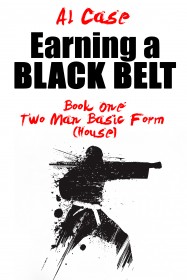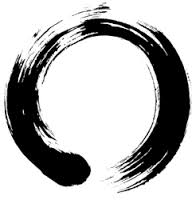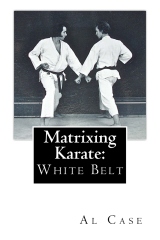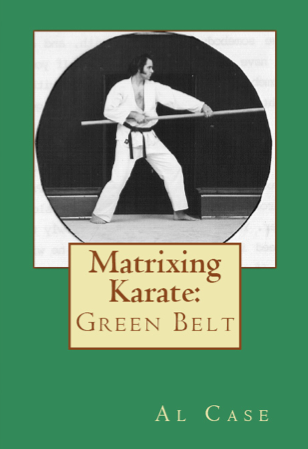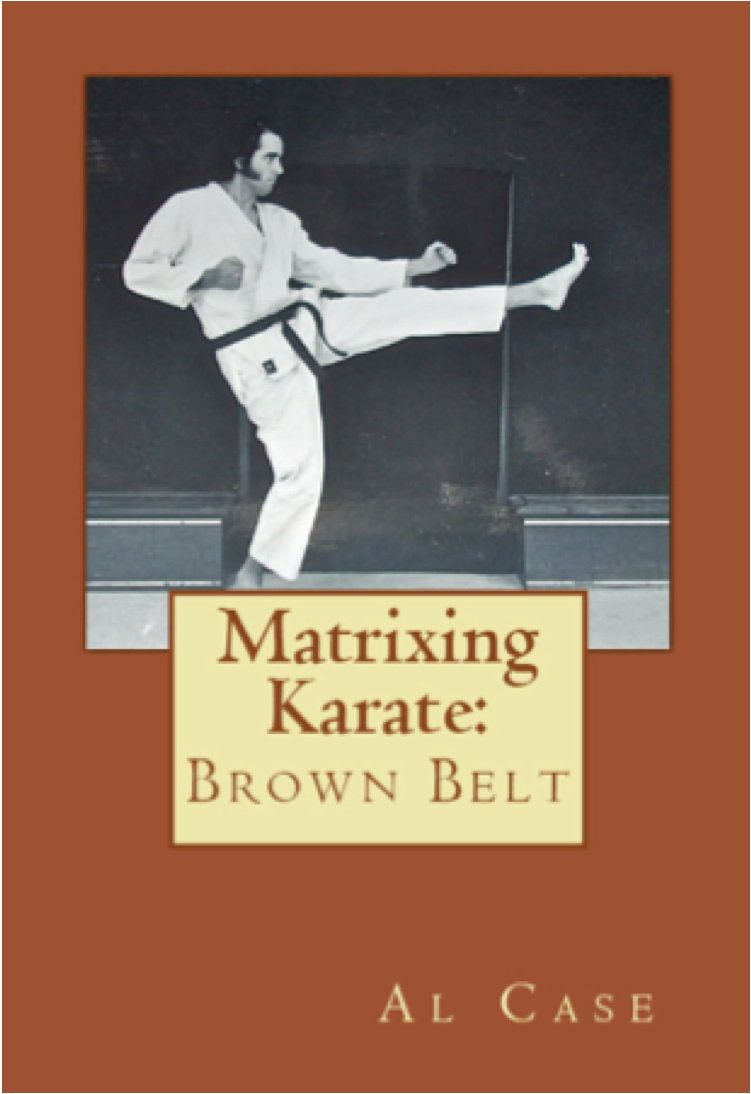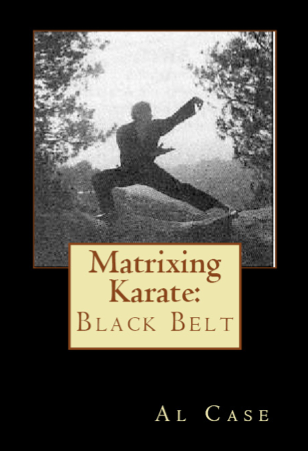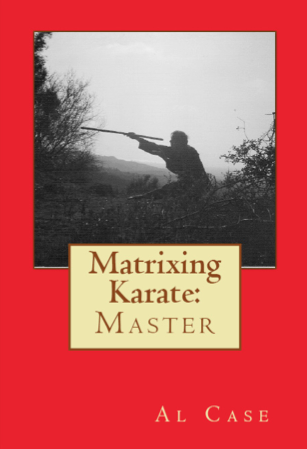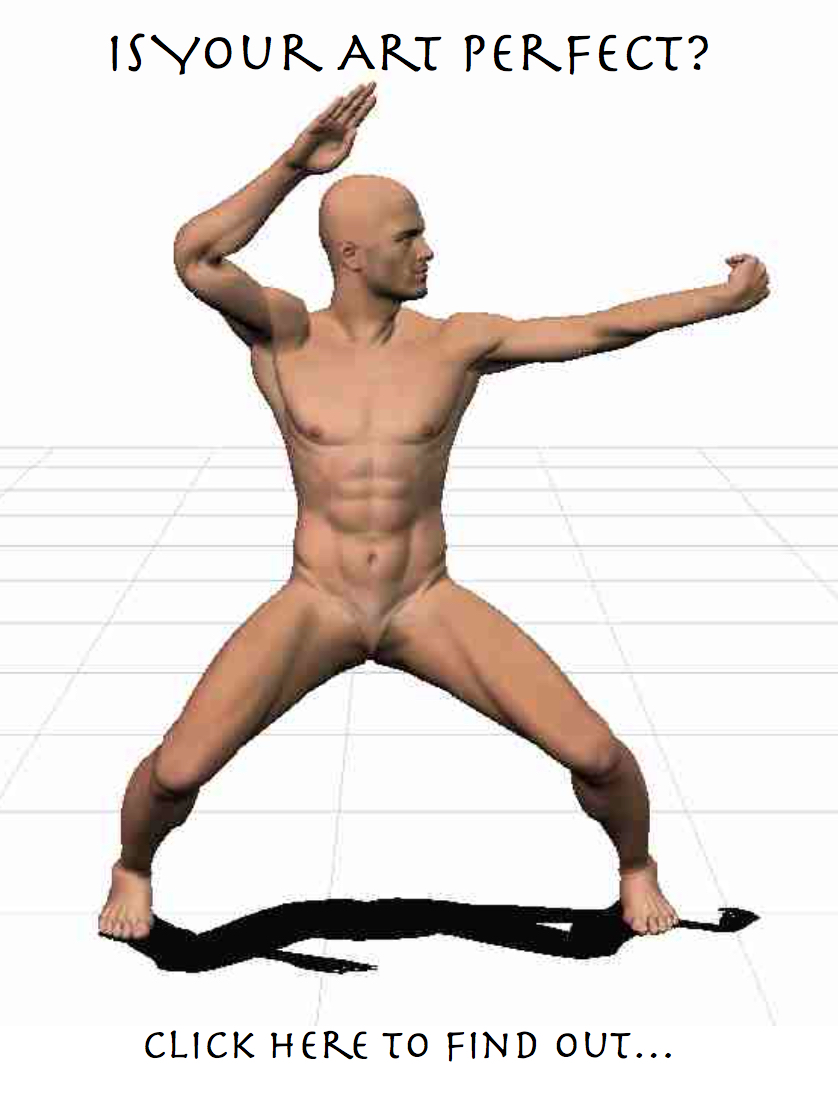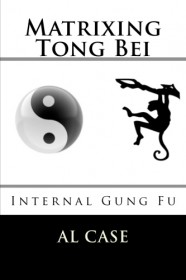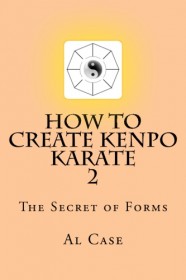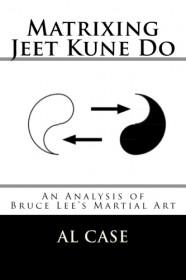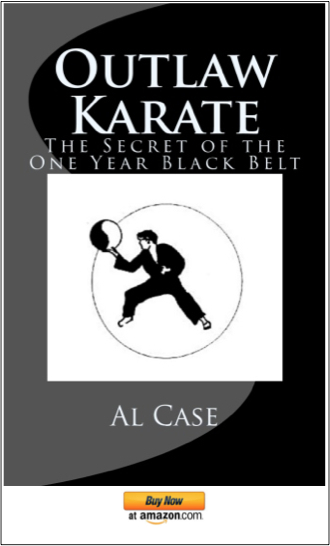Newsletter 807
How Karate Blocks Make You Better
May you have the best work out of your life.
Really.
Speaking of blocks…
When I was in my teens I was studying Kenpo.
I learned all these neat tricks,
was excited about fighting,
and I kept having these weird ideas about strategy
and how the martial arts were shaped.
Oddly,
I couldn’t make these strategies work.
I could fight well,
but these things I was thinking about,
they just eluded me in combat.
And it was because there wasn’t much
in the way of blocking,
in Kenpo.
In my twenties I joined the Kang Duk Won,
I bashed my arms for years,
and I learned about pain.
I learned that pain is a warning device.
And it was all because of blocks.
Funny.
Most people won’t use a real block in freestyle.
I can,
and do if I am teaching somebody
and there is a lesson in it.
But it’s easier to just hit the other fellow
than it is to block.
But I never would have learned
how to slide in and hit somebody
if I hadn’t learned how to block.
I always remember the specific technique
where it all came home.
It was the technique
from the first move of Batsai.
Batsai is spelled a few different ways,
but it means
‘defending a fortress.’
In that technique I had to do three blocks.
And I had to do these three blocks with hips twists,
I had to twist the hips
to align the body
so it could support the impact
without collapsing.
And I had to do it faster
than somebody could throw three punches at me.
For months I tried to get that technique.
I would practice it and practice it,
get guys to give me that attack,
but I just couldn’t move my body fast enough.
One day,
I did.
Just like that.
One second I couldn’t,
and the next second I could.
Like a switch had been thrown.
But here’s the interesting thing:
I felt like I was behind my head.
I felt like I was out of my body,
just a little bit,
and watching my body move without me.
Well,
it was moving because I had mastered
the thought pattern behind the blocks.
I had practiced that mental circuit
until it broke,
and what was left was me.
From there I moved into other things,
hitting without blocks because,
darn it,
I had gotten so good at them I didn’t need them.
And I moved into concepts
of how to move the energy in my body
just by thinking about it.
Which is understandable if you realize
that learning how to block
had taught me how to influence my body
with just thought.
I began to be able to accomplish
all those odd ideas I had had
way back in Kenpo.
Which led to Matrixing.
Nowadays people don’t practice the blocks.
And if they do,
they don’t practice them with the proper hip movement,
the proper alignment,
the proper breathing and thought.
I know this because when people
come to me for lessons,
they show a complete lack of understanding,
no knowledge of the drills,
of how blocking works.
The thing is
there is a whole realm of thought
that goes with learning how to block.
You learn all sorts of things,
and it builds a springboard
for moving into other concepts.
Think about it,
you can box,
and learn how to take a punch,
but that doesn’t teach you
how to run energy through your body.
Nothing wrong with boxing,
it’s actually pretty good stuff,
fills in a few gaps
that are in the martial arts,
but it just doesn’t have the energy theory
that goes along with the martial arts.
Anyway,
I’m working on the Matrix Karate
for a Kindle version.
Kindle is very unfriendly to photos,
so I have to take some out,
and rewrite the thing.
It’s be good,
but not as good as a book,
or a video.
Heck,
even the other electronic readers are better,
because they take PDFs easily.
But one of the things I focus on
to make up for that lack,
is the specific blocking in the forms.
Not the matrix of blocking,
which provides a logic
which blasts one to intuition,
but the old way,
learning the blocks,
making them work,
until the art does you,
and you become the art.
You guys are lucky.
You understand something the Kindle readers
may never understand.
You get everything on these courses.
On the other hand,
the kindle readers may understand something you don’t
because they will be seeing the art
in a more bare bones viewpoint,
that will let their mind fill in the blanks,
which is very healthy for a student.
Well,
who’s to say.
The real lesson is in the work out.
Getting the material and doing it,
thousands and thousands and thousands of times,
until it becomes you,
and you become it.
That will teach you the art,
no matter which of my books or courses you get.
Here’s the full Matrix Karate course.
http://monstermartialarts.com/martial-arts/matrix-karate/
Have a great work out!
Al
http://monstermartialarts.com/martial-arts/matrix-karate/
Don’t forget to sign up for the newsletter at
https://alcase.wordpress.com
http://www.amazon.com/Matrixing-Tong-Bei-Internal-Gung/dp/1507869290/ref=sr_1_1?ie=UTF8&qid=1423678613&sr=8-1&keywords=tong+bei

